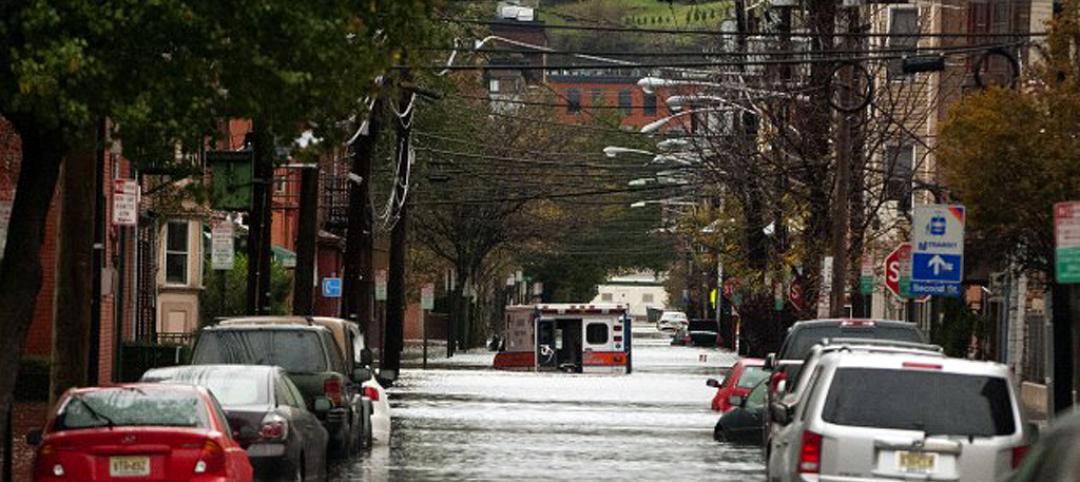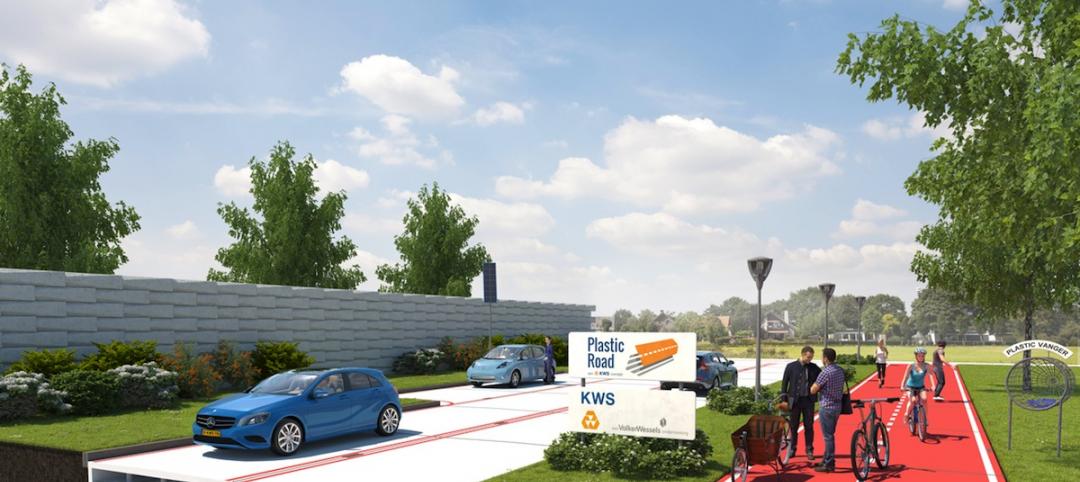A key component in strengthening cities and preparing them for stronger urban futures is ensuring our civic and political leaders fully understand their facility assets. Cities own scores of buildings and need to collect and leverage data as they plan, build and make decisions amidst complex economic, social, and political factors.
Over the past few years, the city of Buffalo has developed a cutting-edge facility management program to ensure it is utilizing its facilities and operations as efficiently, effectively and sustainably as possible.
Given the challenges facing Buffalo—dated processes, aging buildings and infrastructures, and building deficiencies—are challenges facing many North American cities, here are some key steps other civic leaders should be taking to maximize their facility resources.
ASSESS
Facility Condition Assessments (FCA) are the first step every city should take in rethinking their facility management efforts. It is imperative civic leaders understand the state of these facilities, current-use metrics and the funding requirements for repairing buildings and/or keeping them up to code. The city of Buffalo hired a team of professionals to execute assessments for more than 4 million sf of city-owned facilities including fire, police, cultural and sports buildings.
“The data derived from this series of assessments gives the city the information needed to ensure funding is spent accurately and strategically, said Steve Stepniak, city of Buffalo Commissioner of Public Works.
AUTOMATE
A critical step in launching a modern facility management program is automating systems. Cities lacking automated work orders and all-CAD drawings with no automated process for planning and programming must evolve.
Cities should invest in the creation of AutoCAD floor plans and document management systems to issue and retrieve drawings via a web platform. Additionally, the City of Buffalo created a computerized maintenance management system to track system repairs and costs and provide budget numbers to justified requests, custom reports and enhanced interface options.
PLAN
Every city and municipality in the country is currently engaged in planning for the short and long-term. This planning is vital and cities need to ensure their maximizing these efforts by leveraging the data collected during the assessment phase.
The city of Buffalo is leveraging its data through a more informed planning model. The city created a new budgeting tool to establish the funding requirements to maintain or improve the Facility Condition Index (FCI) of all buildings and also implemented a new programming process that allows the division of buildings to focus recapitalization on operational priority buildings and critical systems. Buffalo’s investment in these resources strengthens their planning efforts moving forward.
IMPLEMENT
Once data is collected and the plans made, civic leaders need to turn their ideas into action. It becomes much easier to convince others of the value of key facility decisions when they are supported by data. Those with opposing views can argue the merits of ideas, but it’s nearly impossible to dispute facts revealing cost savings and efficiencies gained.
The city of Buffalo is already well into the implementation of the plans and realizing significant value. The lessons and best practices learned through the City of Buffalo’s experience can be leveraged across all cities and help leaders make valuable, strategic decisions moving forward.
“That what the city of Buffalo now has – a basis for decision making. The data derived from these assessments inform us about the condition of each facility and the related costs,” added Stepniak. “Now, we can make the decision that best achieves current and long-term objectives.”
About the Author
Joseph Cassata is the leader of CannonDesign’s Facility Optimization Solutions team, focused on helping cities and organizations manage their facilities and resources more efficiently, effectively and sustainably. www.CannnonDesign.com/FOS
Related Stories
Smart Buildings | Sep 28, 2015
Architects Foundation issues first annual report on National Resilience Initiative
The report, which includes the work of three schools, examines how architects work with communities through the National Resilience Design Network.
Smart Buildings | Sep 4, 2015
New York City allots $100 million for storm resiliency infrastructure in lower Manhattan
Part of $20 billion plan for the city.
Smart Buildings | Aug 26, 2015
Under, over, through: Reinventing spaces under elevated infrastructure
Activating the areas beneath elevated highways, rail lines, and freeways can create unique environments, writes SmithGroupJJR's Valerie Berstene.
Smart Buildings | Aug 21, 2015
Federal Alliance for Safe Homes offers plan to strengthen codes for disaster resilience
Some states losing ground on resilience, group says
Cultural Facilities | Aug 19, 2015
Proposed “High Line” in Mexico City pays homage to Aztec aqueduct
Plans for Mexico City’s elevated park include an amphitheatre and al fresco cafés.
Smart Buildings | Aug 5, 2015
8 cities win Bloomberg's 'open data' award
The competition, called "What Works Cities," promotes innovation in city government by making the massive amounts of city operations data more publicly accessible to better improve issues like job creation, public health, and blight.
Smart Buildings | Jul 27, 2015
Perkins+Will imagines new opportunity for Atlantic City
The architecture giant believes it has a solution that could put Atlantic City’s existing infrastructure to good use—by turning the Jersey Shore city into a research center for climate change and coastal resiliency.
Green | Jul 27, 2015
MUST SEE: Dutch company to test using plastic waste for road construction
KWS Infra is piloting a program to make roads from plastic garbage, including bags and bottles extracted from the ocean.
Smart Buildings | Jul 12, 2015
Office of Management and Budget asks agencies to consider climate change when budgeting for construction projects
For the first time, the U.S. Office of Management and Budget is asking agencies to submit budget plans that consider the effects of climate change on construction and maintenance of federal facilities.
Smart Buildings | Jul 9, 2015
St. Petersburg Pier’s dramatic makeover gets green light from city officials
The Pier Park will be a platform for a multitude of smaller and more flexible programs and experiences for tourists and the local community.
















